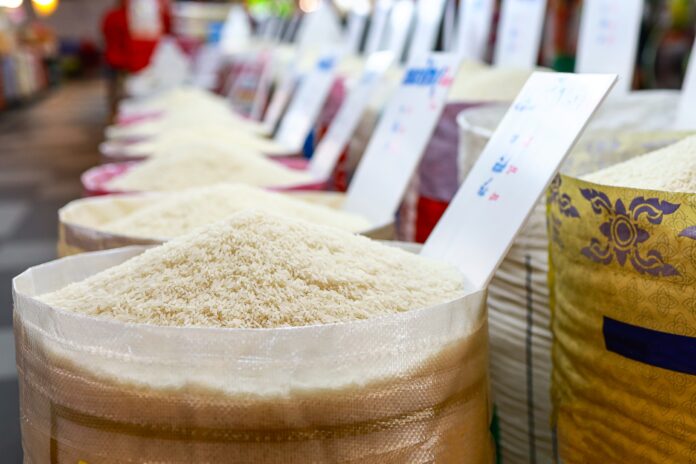The Department of Agriculture (DA) finds itself in a precarious position, like a high-wire act performed with no safety net below. On one side, Filipino rice farmers—often the unsung heroes of the country’s agricultural landscape—are fighting to stay afloat, grappling with rising costs and unpredictable market shifts. On the other, millions of consumers, their daily lives bound by the price of rice, demand affordability, as if the entire nation’s pulse beats to the rhythm of every grain.
Rice is more than just a staple in the Philippines; it’s the nation’s heartbeat. For Filipinos, it’s not just food—it’s culture, tradition, and survival, woven deeply into the country’s economic and political fabric. It plays a starring role in the consumer price index, a figure that dances with inflation and dictates the decisions of the Bangko Sentral ng Pilipinas. From there, it ripples outward, affecting businesses, households, and livelihoods across the archipelago. In short, rice isn’t just a commodity—it’s a force of nature.
In recent months, global rice prices have softened, bringing a glimmer of hope. Better harvests are predicted, buoyed by the absence of El Niño and the lifting of India’s export ban on non-basmati rice in September. Meanwhile, President Ferdinand Marcos Jr. dropped the rice tariff from 35 percent to 15 percent in July, a move that was supposed to offer relief. Yet, in spite of all these favorable changes, retail prices remain stubbornly high, a cruel irony. In response, the DA has set a maximum suggested retail price of P58 per kilo on imported rice, set to dip to P55 by February 5.
But here’s where it gets tricky: Price controls, in their good intentions, can be like a double-edged sword. Too much control, and the local rice industry could come crashing down like a house of cards. Rice prices are about more than just imports—they’re about palay, the raw grain, whose cost remains high despite cheaper imports. Retail prices are still inflated because current stocks were purchased at a premium. The DA now faces a delicate dilemma: if it pushes too hard to lower prices, it risks throwing the entire rice industry into disarray. Farmers could be squeezed to the breaking point, traders might retreat, and the flow of investment could dry up, leaving the industry weaker, more vulnerable, and less able to sustain the country’s food security in the long run.
And then there’s the NFA—once a powerhouse in the rice market, now reduced to little more than a warehouse for emergency stocks. Despite the amendments to the Rice Tariffication Law, the NFA no longer has the power to intervene in the market with the same authority it once did. It can’t regulate prices or release rice as needed. It’s left holding its massive reserves with nowhere to turn, a paper tiger. The NFA could stabilize the market if given the green light, but without a declared food security emergency, its role is little more than symbolic. So, the DA, already walking a fine line, finds itself with fewer tools in its belt.
The DA is walking a tightrope, and the stakes couldn’t be higher. Every decision it makes will echo across the nation—affecting not only the livelihoods of farmers but also the daily lives of millions of Filipinos who rely on affordable rice. Carefully calibrated price controls and strategic use of the NFA’s stockpiles could tip the scales in favor of stability. But if the DA gets it wrong? It risks toppling the entire rice industry, compromising the nation’s food security, and throwing millions of Filipinos into economic uncertainty.
The path forward is narrow, and the stakes could not be higher. Every decision, every move, counts.







